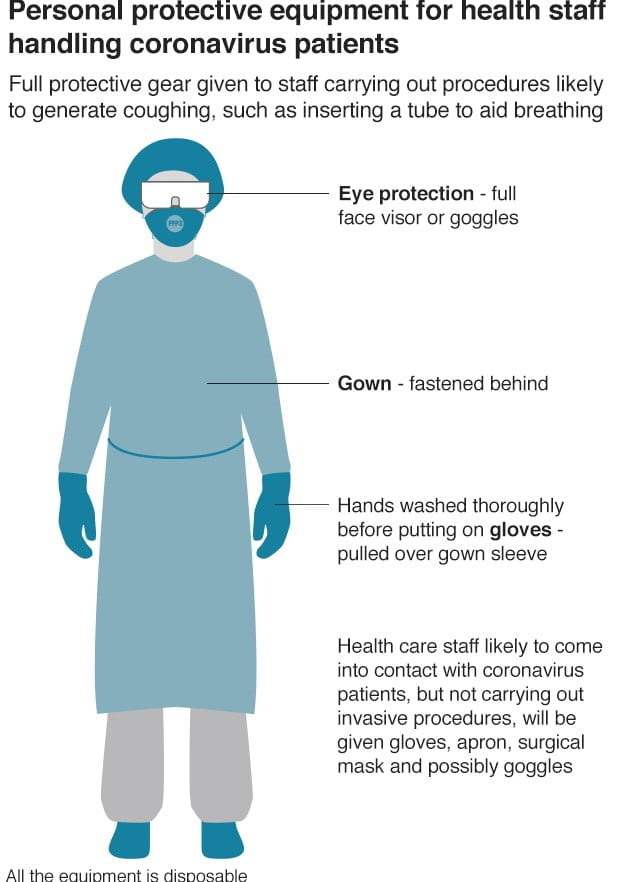What does PPE stand for? PPE is a word you have probably heard before, but might not know what it means. PPE stands for personal protective equipment and can include many different types of gear that protect workers in various industries from hazards they come into contact with on the job. Who needs PPE, how do you know if you need it, and why should you care about using it? Find out more about this essential piece of safety gear here!
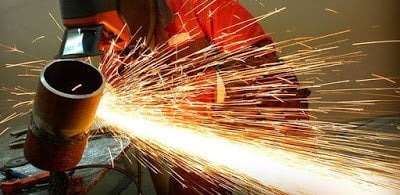
PPE Definition, what does PPE Stands For? & PPE Full form
The official OSHA definition for what protection equipment stands for states “personal protective equipment” refers to any piece of material or cloth worn by an employee in order to protect the worker from injury due to hazards in their workplace. Despite the wide variety of industries, PPE is needed for all. Workers in any field from construction to cuisine need the safety gear and equipment that goes under this category. For instance, consider how important it would be if you were working with hazardous materials on a daily basis or had to enter burning buildings as part of your workday- without proper protective clothing these situations could lead not only to injury but possible death!
PPE acronym
The acronym stands for “personal protection equipment,” which is shortened to PPE because it summarizes exactly what this gear does- protects you from harm at work! So don’t let those three letters fool you into thinking that personal protective equipment isn’t important—PPE saves lives every day around the world.
Hierarchy of control & PPE
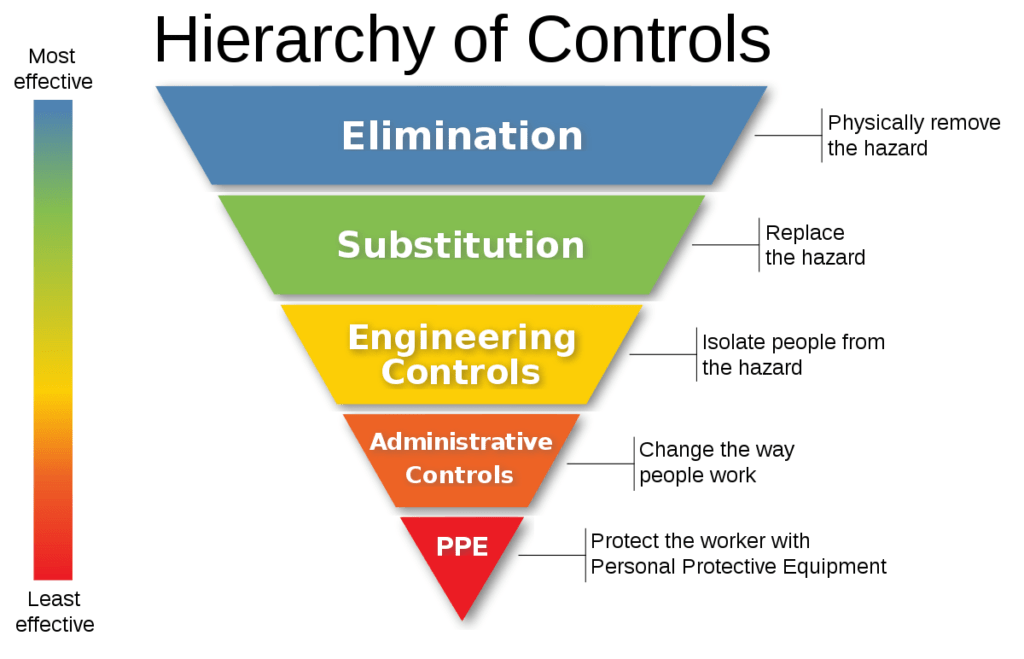
PPE, or personal protective equipment, lies at the bottom of this hierarchy of hazard controls and serves as a last line of defense. Even with that, it is crucial to have well-fitting, properly designed, and maintained PPE because PPE can prove to be beneficial in preventing accidents on the job site. Employers should hang requirement signs throughout the facility so that workers are well informed about what safety equipment must be worn at all times. This will help prevent accidents from occurring due to a lack of awareness during working hours.
It is important to note that the fundamental principle behind PPE is not just for the last resort, but also to be used when there are unavoidable risks in certain jobs. Hazard elimination and engineering and administrative controls are essential steps towards keeping workers safe, however, it may still happen that safety hazards exist which require appropriate protective gear as well- like gloves or goggles. Protection should never replace other measures though, so make sure you wear your personal equipment responsibly!
Limitations of PPE:
PPE is sometimes the only way to save a life. It’s not perfect and it does have its limitations, which we’ll get into in just a moment. For example, PPE protects only the person wearing it; if someone else has an accident nearby or there are multiple people who need help then this protection may be insufficient for everyone at once. Additionally, PPE can become hazardous itself when fitted improperly as well as the restricting movement of whoever wears them by preventing even simple tasks like bending over without taking off their suit first- Although PPE is uncomfortable, it can save your life.
Yes PPE has limitations but Wearing PPE is better than not wearing PPE. You only have one set of eyes, and if you have safety glasses on them, they will be protected. That’s why it is important to wear PPE.
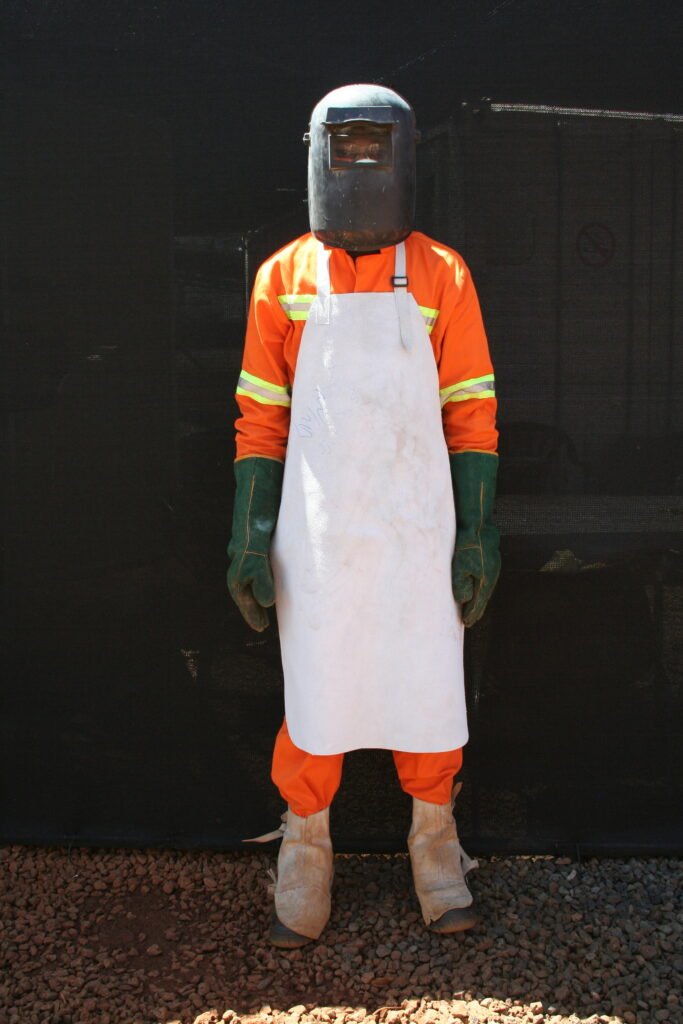
Why is PPE important?
PPE is important because it protects workers from injuries. There are many benefits of PPE, such as safety goggles to protect your eyes or gloves that prevent cuts and burns. It’s better if a worker does not have any injury than for them to get hurt on the job with no protection at all! This can lead to lawsuits against companies that don’t provide their employees with adequate safety equipment. Workers that neglect their PPE are risking the safety of themselves and those around them. They often justify not wearing it because they find it uncomfortable, bulky, or expensive but as soon as an incident occurs then they realize how serious this could be for everyone.
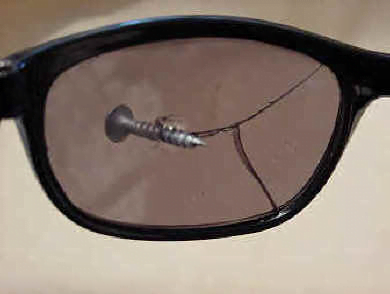
Other reasons for wearing PPE in worksite:
Wearing PPE is not just important for your safety, it’s also an easy way to protect yourself from a lawsuit. If you fail to wear the protective gear and were injured in some capacity, you may be held responsible and lose out on workers’ comp benefits- as well as potentially being slapped with fines or jail time!
For one, regular failure to use PPE can cause lasting health conditions. You might feel fine at first but long-term exposure to many chemicals and materials could lead to cancer, respiratory diseases, or other life-threatening illnesses years down the road. Hearing damage is also very common among workers in loud spaces who do not wear proper ear protection; hearing loss even happens after just a few months of unprotected work with no noise reduction equipment!
General responsibilities of Employers :
- Ensure that risk control measures are implemented in accordance to the ‘hierarchy of controls and that PPE is only used as a “last option”.
- Ensure that PPE assessments are conducted and completed prior to purchasing PPE.
- Ensure that workers are trained on the correct use and maintenance of the PPE.
- Ensure that the employees are aware of the hazards related to their task and the importance of wearing the appropriate PPE correctly.
- Monitor PPE inventory periodically to ensure that sufficient stock is always maintained.
- Enforce PPE compliance on-site and instigate suitable intervention programs as and when necessary.
- Ensure that defective PPE is withdrawn from service and either repaired or disposed of in an appropriate manner.
- Supply and maintain an appropriate (sufficient quantity and good condition) stock of PPE.
- Ensure that PPE is in good condition when issued to personnel.
- Periodically review, update and evaluate the effectiveness of selected PPE and this
document.
General responsibilities of employees :
- Wear the appropriate PPE correctly.
- Attend training sessions on PPE.
- Ensure that PPE is maintained in a clean and serviceable condition.
- Report defective PPE to the Supervisor and exchange them from the store.
- Receive advice from field HSES personnel or their supervisor when the PPE is considered inadequate for the task at hand.
- Avoid negligence in the use of PPE
PPE Assessment – General
PPE assessment shall cover a particular work activity in order to follow up from the risk assessment, which identifies a need for a particular type of PPE.
In order to ensure the effective implementation of this procedure, PPE requirements have been divided into two broad categories,
- Mandatory PPE requirements on site, and
- Specialised PPE for work activities
The specific requirements for the two categories of PPE will be described in the subsequent sections.
Controlled entry points to the site will be established at various points within the perimeter of the site. Only employees who are suitably attired with their PPE shall be allowed entry into the site.
PPE standards as per OSHA
Occupational Safety and Health Administration (OSHA) guidelines for PPE are as strict as they come. OSHA requires many different standards & requirements when it comes to PPE. OSHA’s standards for PPE in general industries can be found under section 1910.132 regulations.
Head protection – OSHA 1926.100
Employees working in areas where there is a possible danger of head injury, shall be protected by protective helmets. Safety Helmet shall meet the requirements of ANSI Z89.2. The three classes of hard hats are;
- G – General – General service limited voltage. protection – protect your head up to 2,200 volts.
- E – Electrical – Utility service high voltage. protection – protect your head up to 20,000 volts.
- C – Conductive – Special service – no voltage protection.
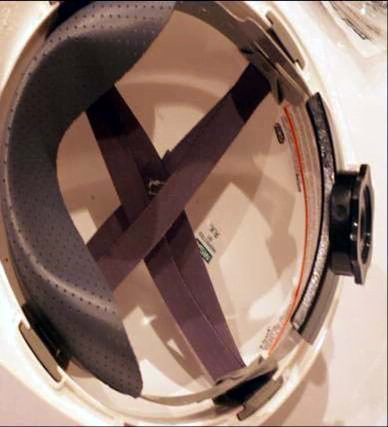
What does PPE stand for
Foot protection – OSHA 1926.96
Safety – toe footwear shall meet the requirements of ANSI Z41.1 – 1967
- Class 75 – Protection from a force of 75 foot-pounds. Compression of 2,500 pounds.
- Class 50 – Protection from a force of 50 foot-pounds. Compression of 1,750 pounds.
- Class 30 – Protection from a force of 30 foot-pounds. Compression of 1,000 pounds.
*Foot-pounds = weight of an object multiplied by the height at which it is dropped
Hearing protection – OSHA 1926.101
Wherever it is not feasible to reduce noise levels or duration of exposures ear protective devices shall be provided and used. Ear protective devices shall be fitted individually. Do not use cotton as a protective device. Hearing protection shall meet the requirements of ANSI S3.19-1974
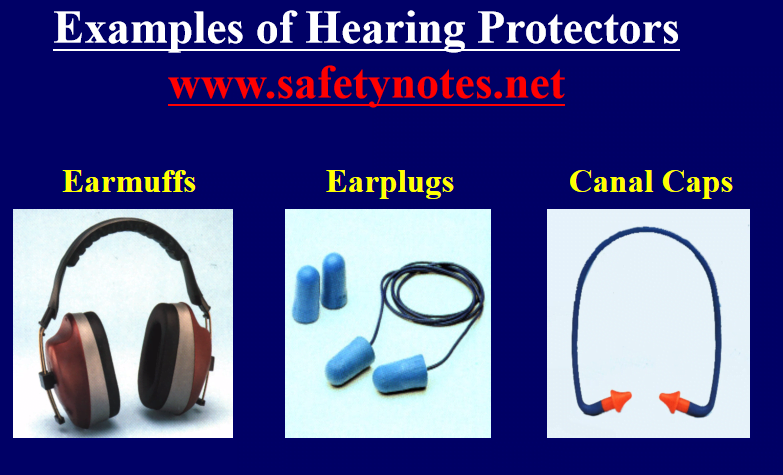
Eye and face protection – OSHA 1926.102
Employee shall be provided with eye and face protection where there is potential eye or face injury
Eye and face protection must meet ANSI Z87.1-1968
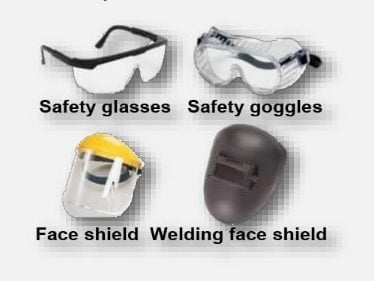
Respiratory protection – OSHA 1910.134
The employer shall develop and implement a written respirator program it shall include:
- Procedures for selecting respirators
- Medical evaluations of employees
- Fit testing procedures
- Proper use of respirators
- Procedures and schedules for cleaning
- Procedures to ensure adequate air quality and flow
- Training of employees in respiratory hazards
- Training of employees in proper use of respirators
The employer shall provide a medical evaluation to determine the employee’s ability to use a respirator. Before an employee may be required to use a respirator the employee must be fit tested. The employer must provide for the cleaning and disinfecting of the respirators. The employer must provide training to employees who are required to use respirators. The employer must conduct evaluations of the workplace to ensure that the respiratory program is being properly implemented.
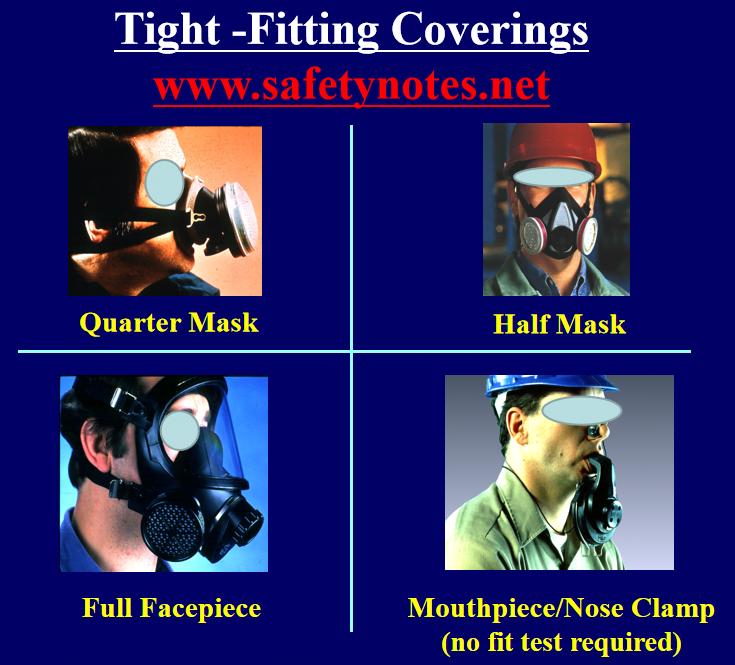
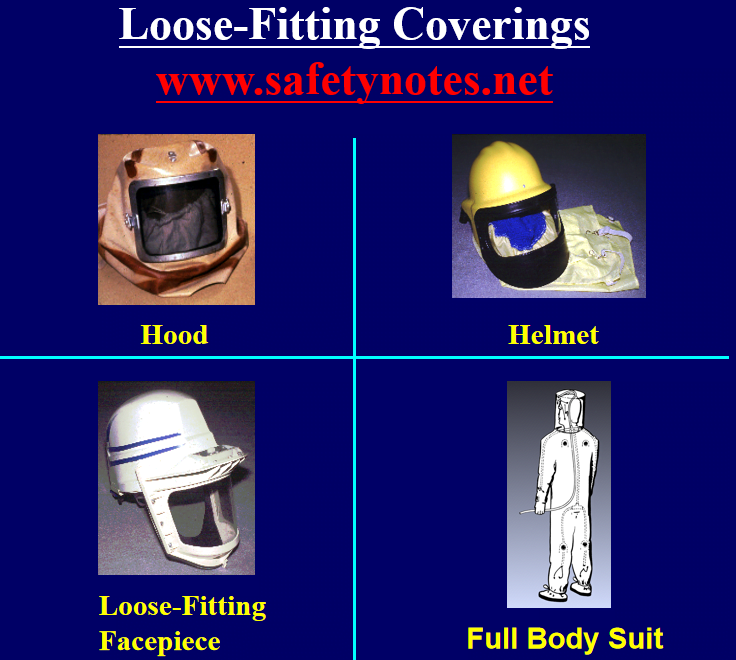
Safety belt – OSHA 1910.104
- Lifelines and safety belts shall be used only for employee safeguarding
- Lifelines secured to an anchorage capable of supporting 5,400 pounds
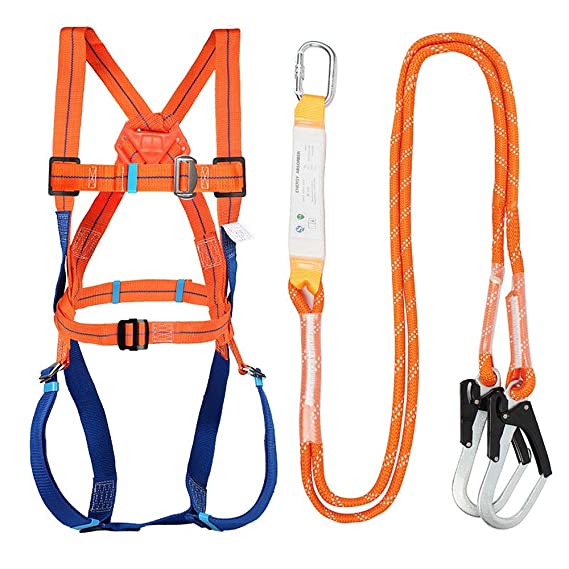
OSHA’s standards for PPE in general industries can be found under section 1910.132 regulations.
Types of PPE Equipment:
There are many types of PPE. These can be categorized based on what part of the body it protects and what hazards exist that it guards against. The types of equipment are worn for different dangers whether they’re from heat, cold, sharp edge, slippery surface, chemicals, noise, falls or cuts, etc.
Here are some common examples of PPE :
- Safety helmet.
- Goggles.
- Coverall (normal and disposable).
- Safety shoes.
- Mask (dust, cartridge, and canister).
- Hand gloves (rubber, cotton, leather, and welding gloves).
- Earplugs and muffs.
- Safety harness.
- Welding Apron.
- Face shield (normal and welding).
- Blasting hood.
- SCABA (self-contained breathing apparatus).
- SCUBA (self-contained underwater breathing apparatus).
- Escape set.
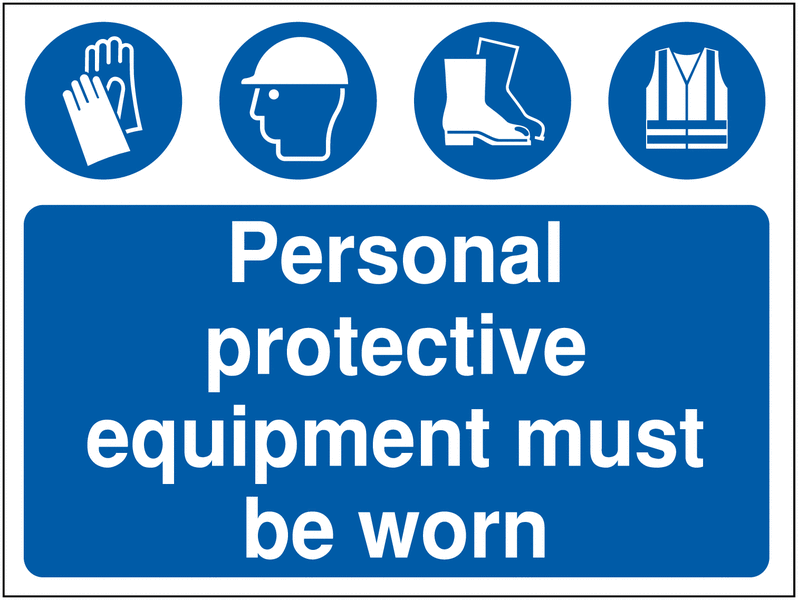
PURCHASE OF PPE
PPE that is purchased for the project shall conform to the relevant standards/specifications listed in Client Procedures. However, it is recognized that certain PPE based on the standards/specification given may not be available in the Market. In such cases, alternative equivalent standards may be accepted subject to Client approval.
All PPE purchased for the project shall be equipped with a copy of the relevant standards to which the PPE has been manufactured.
The HSES section shall confirm that purchased PPE is received only from legitimate sources and are authentic products.
PPE ISSUE AND CONTROL
All PPE shall be issued to employees on the first day of work. Field Safety personnel shall issue a set of PPE and keep a record of issuance clearly indicating the name of the employee, his ID number, etc.
Inventory
The Site HSE Managers shall ensure that a sufficient stock of PPE is maintained in the store at all times. The manpower mobilization/manpower loading plan shall be taken into account when planning for the minimum stock of PPE in the store.
Exchange of defective / damaged PPE
Defective or damaged PPE shall be exchanged from the store on a one-to-one exchange basis. All such exchanges shall be authorized by the field supervisor. Defective PPE shall be collected by the store personnel and either repaired or disposed of. Disposal of PPE shall be done in a manner consistent with the Waste Management Plan and in consultation with the Environmental Engineer.
TRAINING
As part of the HSES orientation training, all employees shall be instructed on the proper use of PPE. Employees shall be trained on the following;
- Description of hazards and risks present, and, the risks from failure to wear PPE
- How PPE provides protection against identified risks and its limitations
- Selection, inspection, fitting, using, removing and storage of PPE
- Cleaning and maintenance of PPE
- How the protection provided by the PPE could be adversely affected by wrong use. For example, tying a knot onto the full body harness lanyard.
- Recognizing damaged and defective PPE
- Exchanging of PPE
Separate training sessions may be required for specialized PPE. For example, for personnel tasked to wear Self-Contained Breathing Apparatus (SCBA) a separate training will be required to ensure that the employees understand the correct use of the equipment.
HSES section shall maintain records of all training received.
MONITORING
Monitoring is an essential part of the PPE management system to ensure that;
- PPE is being used, and used correctly (In accordance with the training)
- Users are returning the equipment to its designated storage area after use
- PPE is being correctly serviced. Maintained and inspected.
Field Safety personnel and field supervision shall monitor the use of PPE on a day-to-day basis and enforce the correct use of PPE by all employees. Disciplinary actions may be taken against employees violating the PPE policy.
PPE INSPECTION
As part of the maintenance regime program, PPE of all employees shall be inspected formally by the Site HSE Supervisors on a monthly basis using a checklist. This is in addition to the random checks that the field supervisor is expected to perform for the workgroups under his charge.
PPE which are identified as defective shall be immediately withdrawn from service and the relevant employee shall exchange the defective PPE for a serviceable PPE before he is allowed to resume works.
What are the implications for not providing appropriate PPE?
If you are not providing your employees with the appropriate PPE to keep them safe, then they might be at risk of getting injured and even killed. If there is an accident on-site or if a complaint has been filed against you for violating health regulations, it can cost your company money in settlements as well as fines from legal proceedings. Even worse you could end up serving time in prison!
Ways to Encourage Workers to Use PPE:
Even though you provide personal protective equipment (PPE), there’s no guarantee that your employees would actually wear it. In order to keep employees protected with PPE, there is a lot of work that needs to be done before it can happen. There are many misconceptions about the use and benefits of using PPE, so educating your workers will help them understand why they should put on their mandatory PPE when performing tasks.
Make sure you show your workers how to use the PPE correctly. For instance, they need to know how to maintain PPE when and where it’s appropriate for them to put on or take off their PPE.
By posting a sign at each location requiring the use of PPE, employers will ensure employees are aware of the proper procedures for wearing and storing personal protective equipment. These signs also help remind workers about the importance of using safety gear throughout the facility.
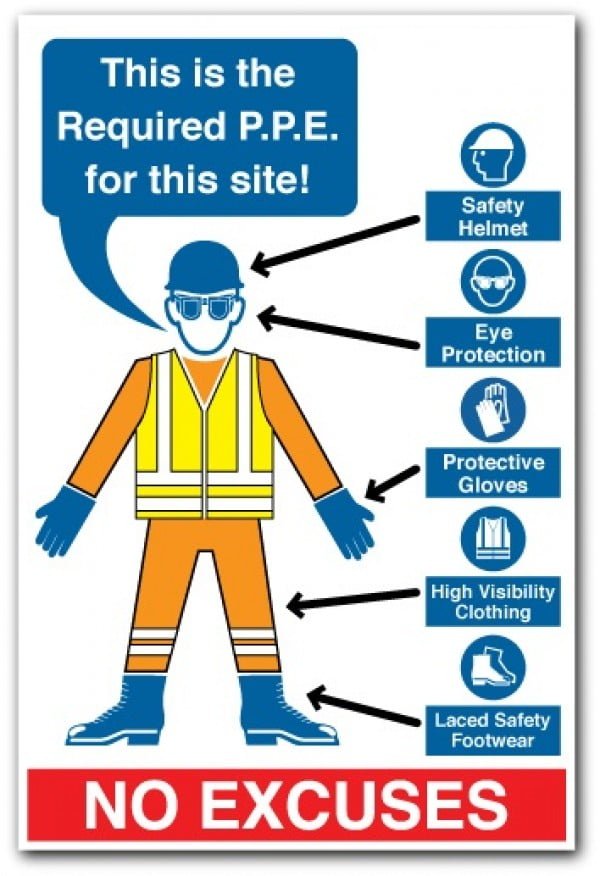
Example of encouragement:
Wouldn’t it be smarter to wear goggles than not? You only have one set of eyes, after all. Doesn’t it make sense then that you should take care and protect them with some safety eyewear? Yes, and this is just one example as to why PPE is essential for your workplace.
PPE In Health care:
What does PPE stand for in medical terms?
According to the Occupational Safety and Health Administration (OSHA), PPE stands for “personal protective equipment.” What is this exactly? It’s a collective term used to refer to protective clothing, eyewear, face masks or respirators, and other equipment that can be worn by an individual as protection against infectious materials.
PPE Importance in health care
PPE is not always just about manufacturing and repair jobs. It’s important in the medical field, as well, especially when dealing with infectious diseases like coronavirus how easily it is spread by droplets. Infected individuals just need to cough or sneeze and they are spreading their disease in droplet form that becomes airborne, landing on surfaces as well as anything nearby when someone else breathes in those particles and spreads them onwards. This means a healthy person could become infected simply from touching an item that has been touched before with contaminated hands
Fighting the spread of infection is difficult in any environment, but it becomes more so when trying to provide medical care. Medical PPE can help protect and reduce transmission rates. There are many different types available: gloves for hands, goggles or face shields for eyes, protective suits with masks come in various styles depending on the use case. Every type has its own benefits.
Medical personal protection equipment (PPE) helps fight infections during pandemics as well as flu season through reducing infectious diseases among patients while also protecting health workers from illness-causing pathogens that might otherwise pass between them via open wounds or airborne droplets
